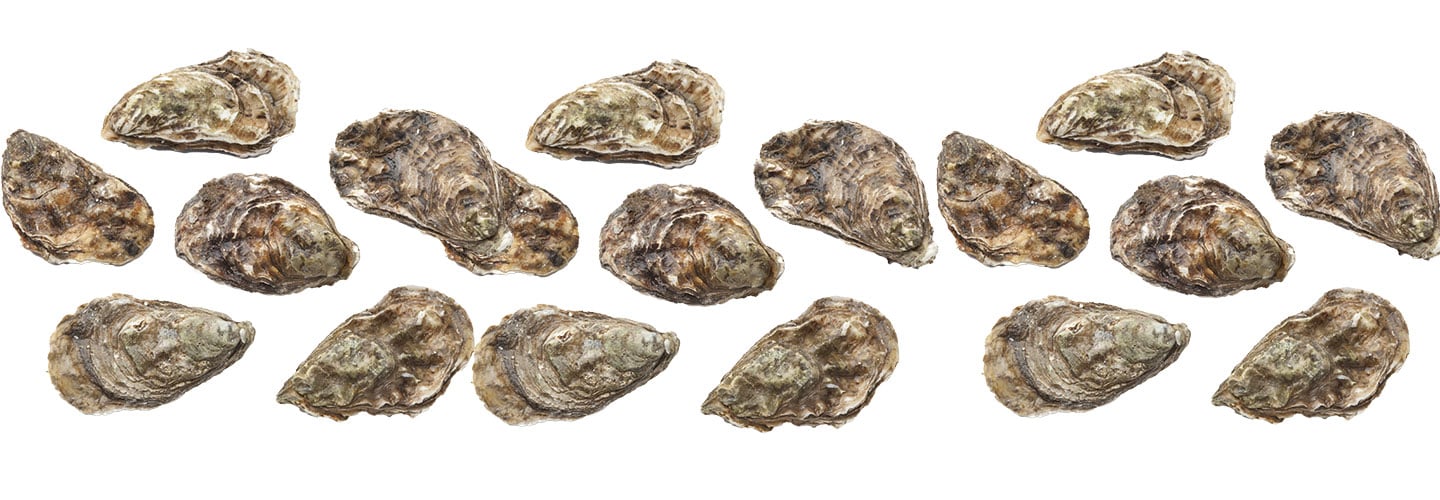Governor’s Island is a tiny island south of Manhattan in New York City. There is a school there called the Urban Assembly New York Harbor School. Students at this public high school do what most students do: read, practice math, and learn about history. But they also have some unusual classes. These classes involve diving underwater and driving boats. They are also growing oysters.
Oysters live along coastlines around the world. These soft-bodied creatures live inside shells. They grow on top of each other. This forms jagged structures called oyster reefs close to the shore. These reefs were once common in the waters surrounding New York City. But they have disappeared.
The students at the Harbor School are trying to change that. They’re working with an organization called the Billion Oyster Project (BOP). The organization wants to reintroduce 1 billion oysters to the city’s coastlines by 2035 to rebuild the reefs. The oysters could help clean the water, increase biodiversity, and protect shorelines against powerful storms.
“I never thought something so small could have such a big impact,” says Quincy Lonnie Maloney, a former student at the school.

